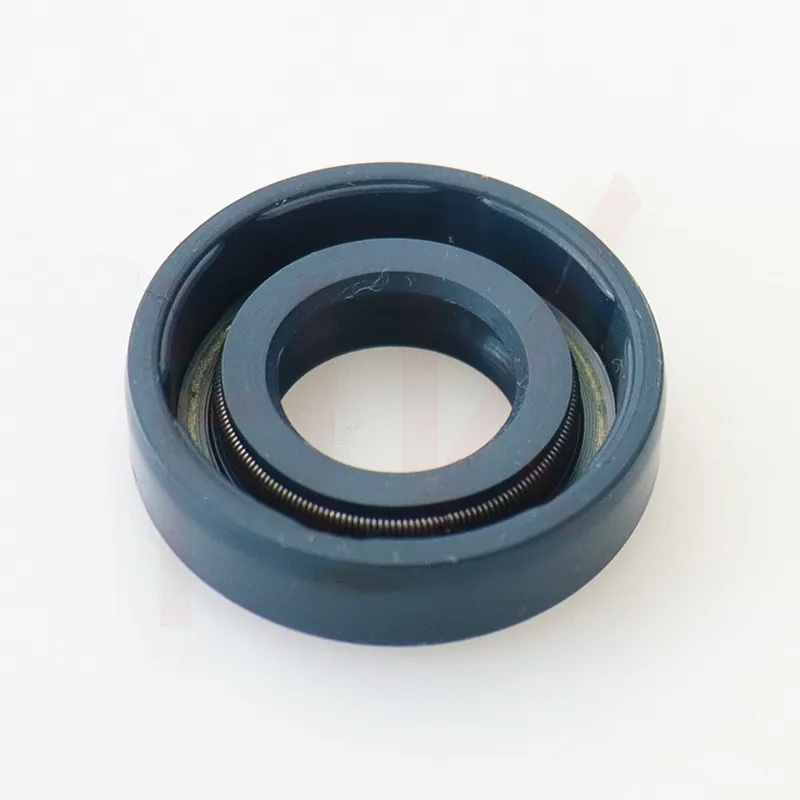Dec . 27, 2024 05:47 Back to list
rear hub oil seal
The Importance of the Rear Hub Oil Seal in Automotive Maintenance
The rear hub oil seal is a crucial component within the automotive system that serves a significant function in ensuring the vehicle's overall performance and longevity. Often overlooked during routine maintenance checks, the rear hub oil seal plays a role that cannot be underestimated. This article will delve into the importance of this component, its function, signs of wear, and maintenance tips.
What is a Rear Hub Oil Seal?
The rear hub oil seal is a sealing device located at the rear hub of a vehicle’s axle assembly. Its primary purpose is to contain the lubricant within the hub while preventing contaminants like dirt and moisture from entering the assembly. This seal is critical for maintaining the proper functioning of the bearings and gears that reside within the hub. Without it, lubricant leaks can occur, leading to overheating, excessive wear, and potential failure of the hub assembly.
Functionality of the Rear Hub Oil Seal
1. Containment of Lubricant The rear hub oil seal maintains the appropriate level of lubricant necessary for the smooth operation of the axle bearings. By preventing oil leaks, it ensures that the bearings are adequately lubricated, reducing friction and heat generation.
2. Protection Against Contaminants Besides containing lubricant, the oil seal acts as a barrier against dirt, dust, and moisture. Contaminants can significantly affect the internal components of the hub, potentially leading to premature wear and failure.
3. Support for Vehicle Performance A well-functioning rear hub oil seal contributes to the overall performance of the vehicle. Proper lubrication allows for smoother wheel rotation, enhancing fuel efficiency and ensuring safer driving conditions.
Signs of a Failing Rear Hub Oil Seal
Despite its importance, rear hub oil seals can deteriorate over time due to wear and tear. Here are some signs that may indicate a failing oil seal
1. Oil Leaks One of the most apparent signs is the presence of oil leaks around the rear hub area. If you notice oil pooling or dripping, it could signal that the oil seal is failing.
rear hub oil seal

2. Unusual Noises A failing rear hub oil seal can lead to inadequate lubrication, resulting in metal-on-metal contact. This can create a grinding or whining noise from the rear wheels as they turn.
3. Excessive Heat If the rear hub is heating up more than usual, it may be a sign that the oil seal is not functioning correctly, leading to insufficient lubrication and increased friction.
4. Vibration Issues A compromised oil seal can result in wheel bearings becoming loose or damaged, causing vibrations in the vehicle that can be felt in the steering wheel or seat.
Maintenance and Replacement
Regular maintenance is essential for prolonging the life of rear hub oil seals. Here are some tips to ensure your vehicle remains in optimal condition
1. Routine Inspections During routine vehicle maintenance, especially when changing the oil or rotating tires, have the rear hub oil seal inspected for any signs of wear or damage.
2. Proper Lubrication Levels Ensure that the lubricant levels are adequate. Low lubricant levels can stress the oil seal and lead to failure.
3. Timely Replacement If a rear hub oil seal shows signs of wear or leakage, it is vital to replace it immediately. Ignoring the problem can lead to more severe damage to the hub assembly, which can be costly to repair.
4. Professional Assistance Consider consulting with a qualified mechanic for inspections and replacements. They can ensure that the right seal is used and installed correctly.
Conclusion
In summary, the rear hub oil seal is an integral component of a vehicle's rear assembly, vital for ensuring proper lubrication and protection against contaminants. By understanding its function and maintaining it through regular inspections and timely replacements, vehicle owners can help avoid costly repairs and ensure safer driving experiences. Neglecting this small but mighty component can lead to significant issues, making it essential for car enthusiasts and everyday drivers alike to prioritize its maintenance in their automotive care routines.
-
Unlocking the Potential of Hydraulic Systems with Essential Sealing Solutions
NewsAug.06,2025
-
Unleash the Power of Your Hydraulic Systems with Our Premium Seal Kits
NewsAug.06,2025
-
Specialized Hydraulic Seal Kits for Breakers, Pistons, and Presses
NewsAug.06,2025
-
Revitalize Hydraulic Systems with Premium Repair and Seal Kits
NewsAug.06,2025
-
Fortify Your Cylinders with Premium Sealing Solutions
NewsAug.06,2025
-
Elevate Hydraulic System Reliability with Specialized Seal Kits
NewsAug.06,2025
-
TCN Oil Seal Metal Ring Reinforcement for Heavy Machinery
NewsJul.25,2025
Products categories
















